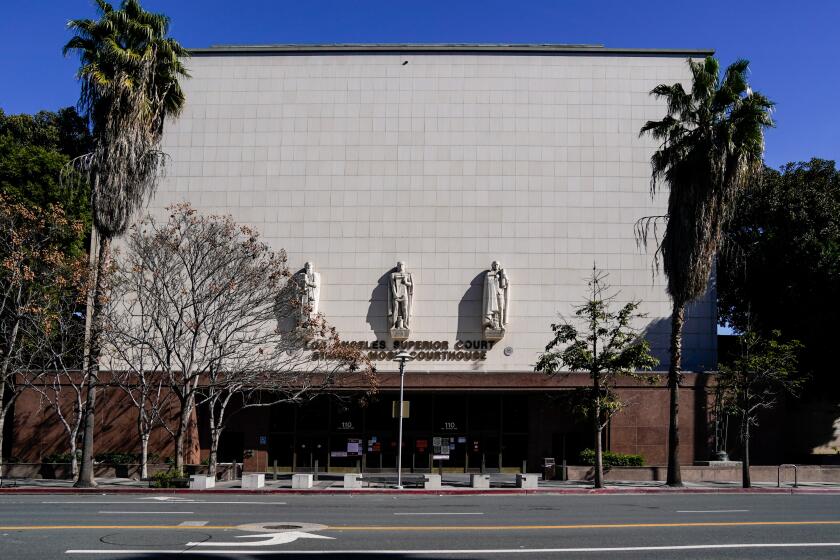Calculating the red ink of the auto bailout
Arguing that it was unseemly for the federal government to be a major investor, The Times’ editorial board urged the Obama administration Friday to stop waiting for General Motors stock to climb and to start selling the government’s remaining stake in the automaker. It’s clear that taxpayers would lose billions of dollars if Washington unloaded its GM stock now; just how large the loss would be, however, depends on how you look at the initial loans.
The Special Inspector General for the Troubled Asset Relief Program has a simple way of calculating how much the taxpayers have gained or lost on TARP loans: It looks mainly at the amount of the loan and the dollars of principal repaid. The Treasury Department, by contrast, also considers interest payments and other income generated by the loan.
The difference can be substantial. Friday’s editorial cites the inspector general’s figure for the TARP loss on Chrysler: $2.9 billion. According to the IG’s latest report, the Treasury forgave $1.6 billion in loan principal and took a $1.33-billion loss on the sale of its interest in the “UAW Retiree trust.”
The Treasury Department’s latest TARP report acknowledges a $2.93-billion “write-off and realized loss” from TARP’s loans to Chrysler, but also notes that the government collected $1.19 billion in interest and $500 million in other, unspecified payments from Chrysler. That makes the net loss only $1.3 billion, the Treasury contends.
The Treasury approach strikes me as putting an overly positive spin on events. The government borrowed the money it loaned to Chrysler (and every other beneficiary of TARP), so there’s interest costs associated with it. The feds also stepped in as lenders of last resort, so the Treasury should collect the same sort of risk premium that private lenders charge. Still, the government’s borrowing costs are incredibly low, so excluding any consideration of the interest income, as the IG does, may inflate the government’s loss.
At any rate, GM borrowed far more than Chrysler -- about $50 billion, compared with about $12 billion -- and so far the loan has generated less than half the interest and other revenue that Chrysler paid. So if the government unloads its GM holdings soon, there may be little dispute between the Treasury Department and the TARP inspector general over how much the bailout cost taxpayers.
ALSO:
Yes, I donated to Obama, but I didn’t mean to
Romney vs. Obama: Your gaffe is worse than my gaffe
Space shuttle memories take flight upon Endeavor’s arrival
Follow Jon Healey on Twitter @jcahealey
More to Read
A cure for the common opinion
Get thought-provoking perspectives with our weekly newsletter.
You may occasionally receive promotional content from the Los Angeles Times.







